Moto Safety: An Ounce of Prevention is Worth a Pound of Cure
You keep an eye on your bike, drain (and replace) the oil, tighten up the bolts, you look for problems, (and) you’ll be the first guy to know if something’s wrong. If you don’t … you’ll be the first one to know something’s wrong, but the issue will be where and when.
May is Motorcycle Safety Awareness Month with promotions everywhere asking riders to watch their surroundings on the road and to wear the appropriate safety gear. It is also a callout to car drivers to be more conscious of their two-wheeled tarmac compatriots ... 'share the road', as they say.
But bike safety also comes down to a well-maintained motorcycle and the ability to detect any issues before you hop on for a ride … fluid leaks, under-inflated tires, loose fasteners and bolts, old batteries and a host of predictable mechanical woes can put a wrench in your plans for that fulfilling spring tilt.
So, we went to a reliable local source for some essential information and advice on how to keep your machine in proper working order.
Armen Amirian has been teaching motorcycle maintenance in NYC for 38 years and heads up a regular one-day class at the Ryders Alley Mid-town Manhattan location: 444 W 55th St., New York, NY. (The next session is set for June 7.)
With the bike on a lift he reviews chain and sprocket inspection (lube and adjustment), oil and filter changes, brake/clutch fluid inspection and bleeding, tire inspection and tire pressure, checking/torquing fasteners, and air filter inspection and replacement. On the ground the bike’s suspension is inspected and students are taught how to pick up a bike without hurting themselves. It's all about getting to know your ride ... but with a big payoff in safety.
“Way back when someone smarter than me said, ‘You keep an eye on your bike, drain (and replace) the oil, tighten up the bolts, you look for problems, (and) you’ll be the first guy to know if something’s wrong,’” says Amirian, as he negotiates the complexities of a master cylinder and caliper rebuild on a ‘70s Honda 360cc twin. “If you don’t … you’ll be the first one to know something’s wrong, but the issue will be where and when. It’s better to find something wrong here (in the shop) than on the side of the road.”
Stress fractures on a front disc brake which was destined to disintegrate on heavy braking | The tell tale signs of a failing sprocket, worn out teeth, which can lead to rapid chain wear — Rahoul Ghose
If you look at where the circles are you’ll see cracks between the drilled holes … this was about to become a multi-piece brake rotor. It’s not going to happen at 50 MPH in a straight line. It’s gonna happen in a corner when you're hard on the brakes, really hoping not to die.
Amirian – who’s dark and somewhat off-color sense of humor has gotten him through solving more than his fair share of mechanical issues – has several ‘props’ to show students illustrating what can happen to a bike if it’s not regularly inspected. There’s a front disc brake from an older BMW that was in for an oil change.
“If you look at where the circles are you’ll see cracks between the drilled holes … this was about to become a multi-piece brake rotor. It’s not going to happen at 50 MPH in a straight line. It’s gonna happen in a corner when you're hard on the brakes, really hoping not to die.”
A sobering reminder that as a bike owner, your safety is really in your own hands.
Another customer came by the shop saying he had hesitation issues with the bike’s power engaging and excessive noise. He had bought a brand-new clutch in for replacement.
Upon inspecting the bike Amirian said “Well that’s all well and good, but this is what a sprocket looks like when it has teeth, and this is your sprocket. When was the last time you inspected your chain?”
The noise he was hearing wasn’t the clutch slipping … it was the sound of the chain jumping over the teeth – or lack thereof – on the sprocket.
In a city like NYC, where most riders don't have access to tools or a space to work on their bikes, Amirian says he doesn't expect all bike owners to be proficient home mechanics. But knowing your ride enough to detect potential problems is a step in the right direction. In fact he says the best tool a rider can have is the tech manual for their bike.
For those in the market for a vintage bike, or who have already jumped in the deep end, the Queens-born mechanic also isn't shy on giving advice.
"My basic play on these old bikes is just getting them to run first. There's an old CB500 upstairs that's been here five years and it's never run. Guy just keeps buying parts for it and doing god knows what to it. I say ... just get it to run. Then step 2 ... get is safe. And step 3 ... get it to be reliable."
Best tool for your bike is the official tech manual — Rahoul Ghose
Cars fail, they pull over to the side of the road. Planes fail, they fall out of the sky. Bikes fail, you crash and hurt yourself. So, we try not to do that stuff ... the hurt yourself thing.
Sporting Georgia plates, the 1976 Honda CB360T on the lift during our interview is actually in startlingly good shape, as evidenced even in the condition of its master cylinder when it's dismantled and cleaned for a retrofit of new internals. The bike is also getting a new steel-braided brake line and replacement brake pads for its single-pot front caliper.
"One of the problems with these bikes is it's very easy to make them faster. It's much more expensive to make a bike slower. What was acceptable for brakes 40 years ago is flat out frightening right now. You get behind a modern car with big honking radials and ABS, and they'll go 60 to zero in about 110 feet. And you will too, but you'll probably ass-pack the back of their car at 40."
Hence the cost-effective upgrade. If your passion is '70s and '80s era bikes definitely prepare for them to cost you, possibly even more than a modern bike, in terms of upkeep and repairs.
"What these things really want to see is a modern brake pad material. Bikes from the '70s ... the shoes and pads were asbestos ... a lot has been learned since then and these will be spectacularly better at braking."
Even the bike you choose to ride, especially if it's your first, can directly impact your safety, Amirian says, adding he definitely sees the logic in the guidelines they have in Europe, where new riders are restricted to lower displacement bikes until they have some experience under their belts.
"I like to have people start on a smaller bike, learn how to ride and do some basic maintenance, and then work their way up." But all too often, new riders go for a bike that's "too big, too old, or too 'something'."
Case in point was one recent new owner he worked with who had brought in a Honda Interceptor for a tune-up.
"It was way more bike than he should have for a first bike. As I was rolling around the parking lot I noticed there was no air in the tires and secondly there was something screwy about the suspension as the bike wouldn't turn. It handled unbelievably badly, but he didn't know ... he had no reference point."
The air was in fact 20PSI below what the tires were speced for, and the suspension had been, inexplicably, lowered. And this is where introductory moto maintenance courses can give all riders, new and experienced, some reference points in keeping their rides safe and reliable.
"Part of our problem now is that people buying bikes have no mechanical experience. You can't give someone the feel for something mechanical with a two-paragraph article on Facebook or a 30-second YouTube video. Very few people are born knowing everything, but the smart ones admit it and seek out help."
Upgrading 40-year-old brakes can significantly improve your stopping distances — Rahoul Ghose
I told her 'what's in your head and in your heart makes you special. This bike makes you a pedestrian.'
For some, bike choices can be a dead end ... like one owner who brought in a Moto Guzzi that was never intended for the US market and for which there was no readily available parts. She thought the unique ride would make her 'special'.
Ever the one for a quick, satirical response, Amirian said: "I told her 'what's in your head and in your heart makes you special. This bike makes you a pedestrian.'"
Sadly, Amirian is not considering a second career on the NYC comedy circuit.
Back to the brake job, Amirian said bikes in general should have their brake fluid changed every two years. Pads and rotors are judged more by usage and inspection. Both are jobs he is more comfortable recommending a licensed mechanic perform. The stainless-steel rotor on the CB360 itself needs a bit of attention, some surface scuffing to allow the new pads to bed in better. Tires, even if they are not showing excessive wear, also have a lifespan ... sports tires about two years, touring/cruiser tires up to four years.
"Tires are incredibly cheap ... a lot cheaper than people," he said, adding owners can check out the sidewall of their tires for a four-digit code to see when they were manufactured. "The first two digits are the week, the second two are the year. (In terms of wear indicators), the depth of tread directly relates to how much water the tire will dissipate."
Air is also cheap ... so make sure the tires are inflated to their appropriate pressure before each ride. Then there's your chain, if you have a chain-driven bike.
"It's a very, very 'complicated' formula for chain maintenance, apparently," Amirian says, with a wry smile. "If it's dirty you clean it, if it's dry you lube it, and if it's loose you adjust it."
Amirian also recommends riders invest in a set of tools to do small jobs like making sure bolts are not loose. A torque wrench is always handy. But he also warns not to 'cheap out' when purchasing ... price is definitely a factor in how well your tools will hold up over time.
"One of things I do in class is I have a setup with some hardware in it - a few different sized fasteners - and I have torque wrenches set to the right amount and have people tighten the bolts up."
One of those bolts has already been snapped off.
"People don't have a sense or feel for this as they don't work on stuff. They don't know how much or what's enough or too much when it comes to tightening. It doesn't end well ... a lot of bolts are steel going into the expensive bits which are aluminum ... guess who's going to lose the argument, the part that's more expensive to fix."
Hands on experience is key. And once a student gets a feel for a torque wrench, in the field, even with just a plain wrench, they will have a sense of how much tightening is appropriate, he says.
Armen Amirian's personal stable of bikes include a Triumph Thruxton R, a trio of airhead BMWs and a 900 SS Ducati — Rahoul Ghose
Part of our problem now is that people buying bikes have no mechanical experience. You can't give someone the feel for something mechanical with a two-paragraph article on Facebook or a 30-second YouTube video. Very few people are born knowing everything, but the smart ones admit it and seek out help.
For more on regular classes and the garage in general, visit Ryders Alley on social media:

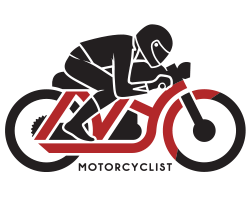

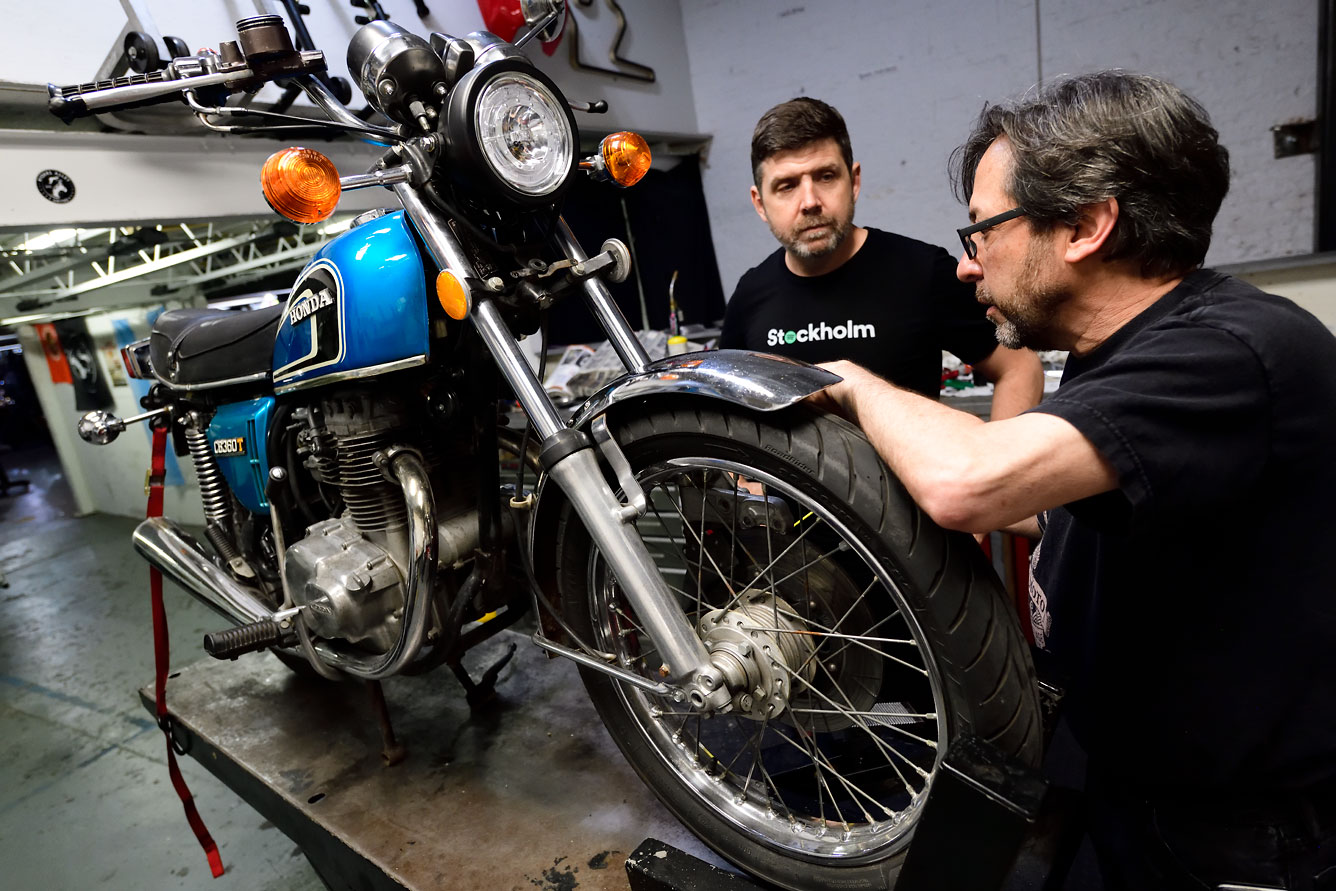
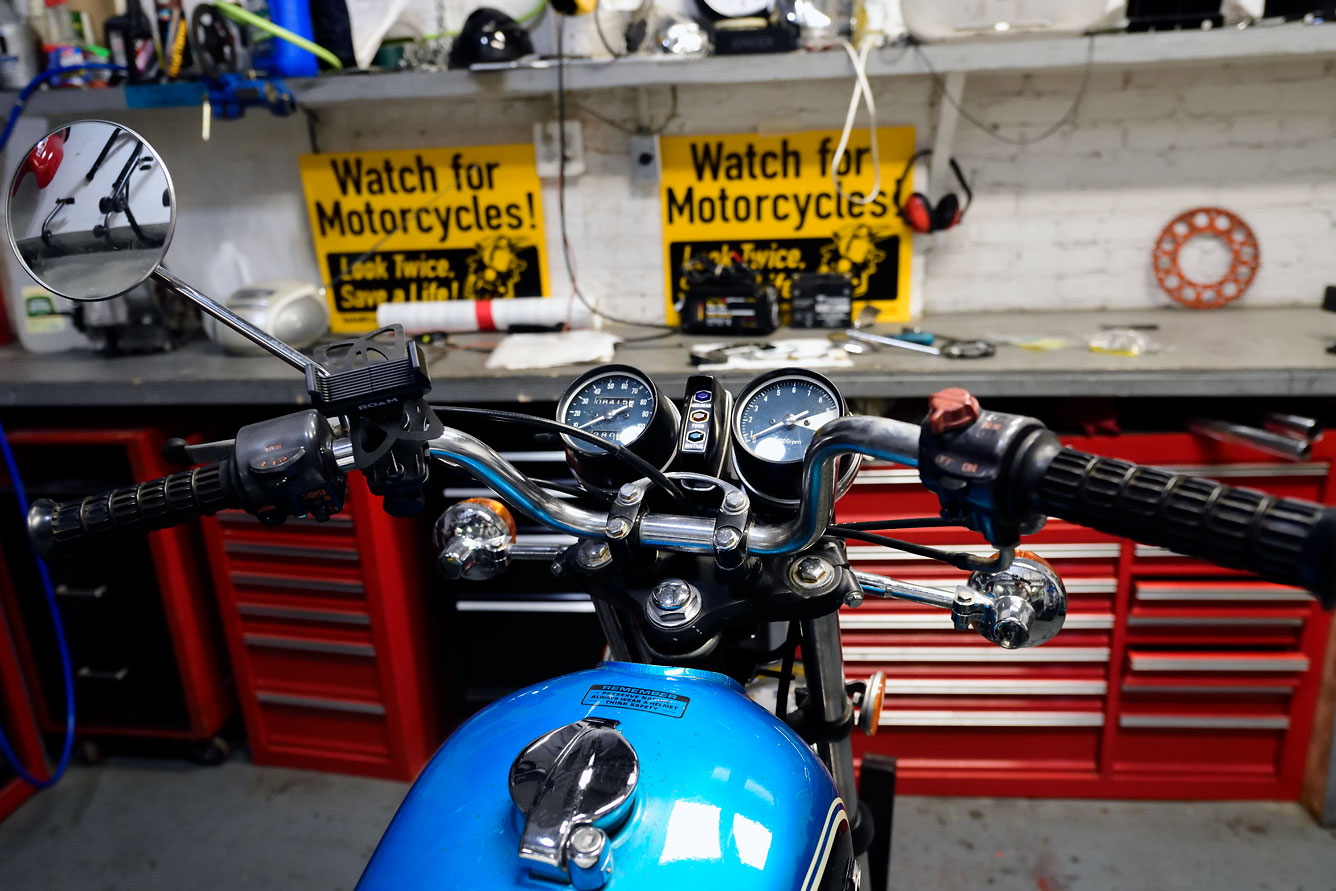



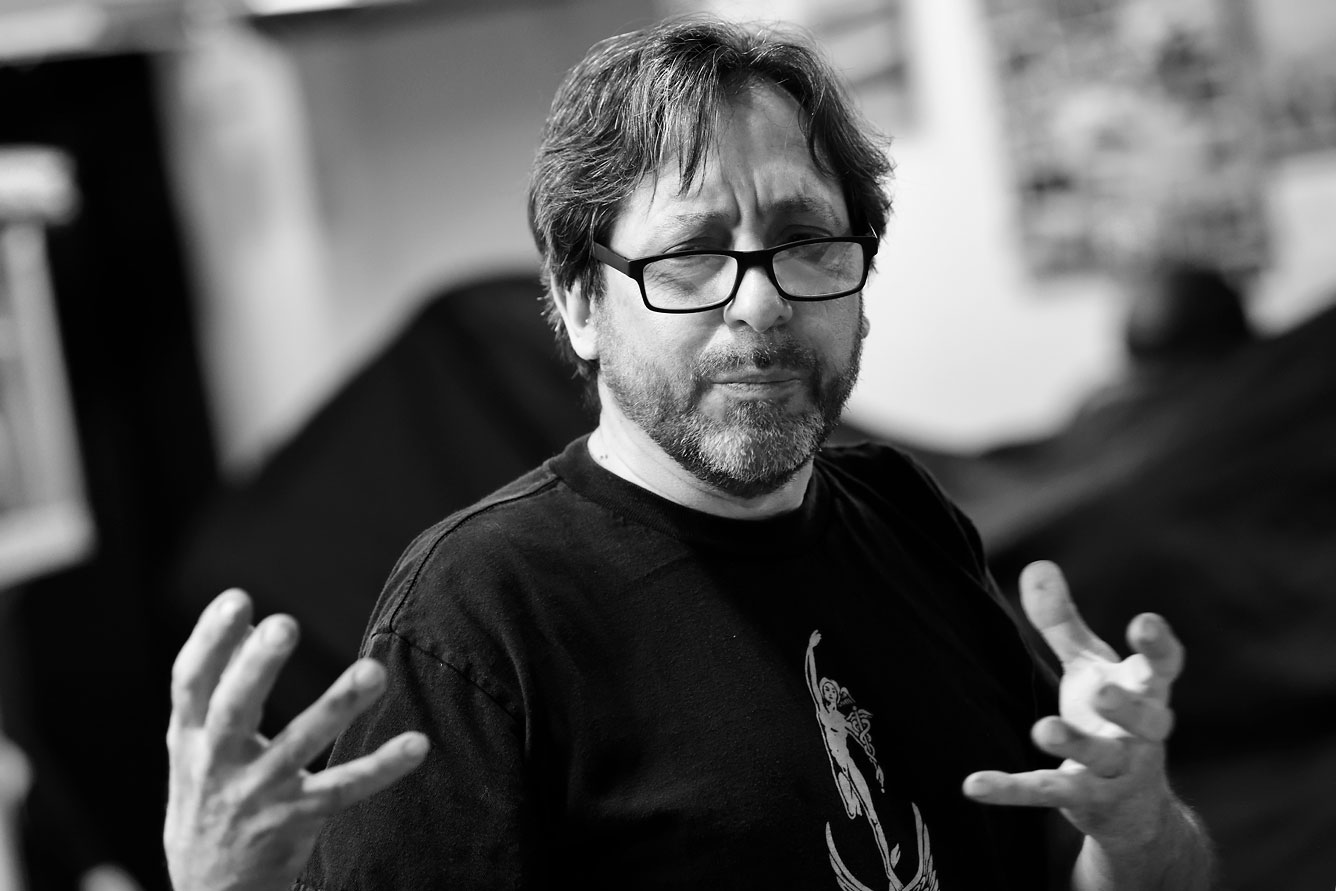

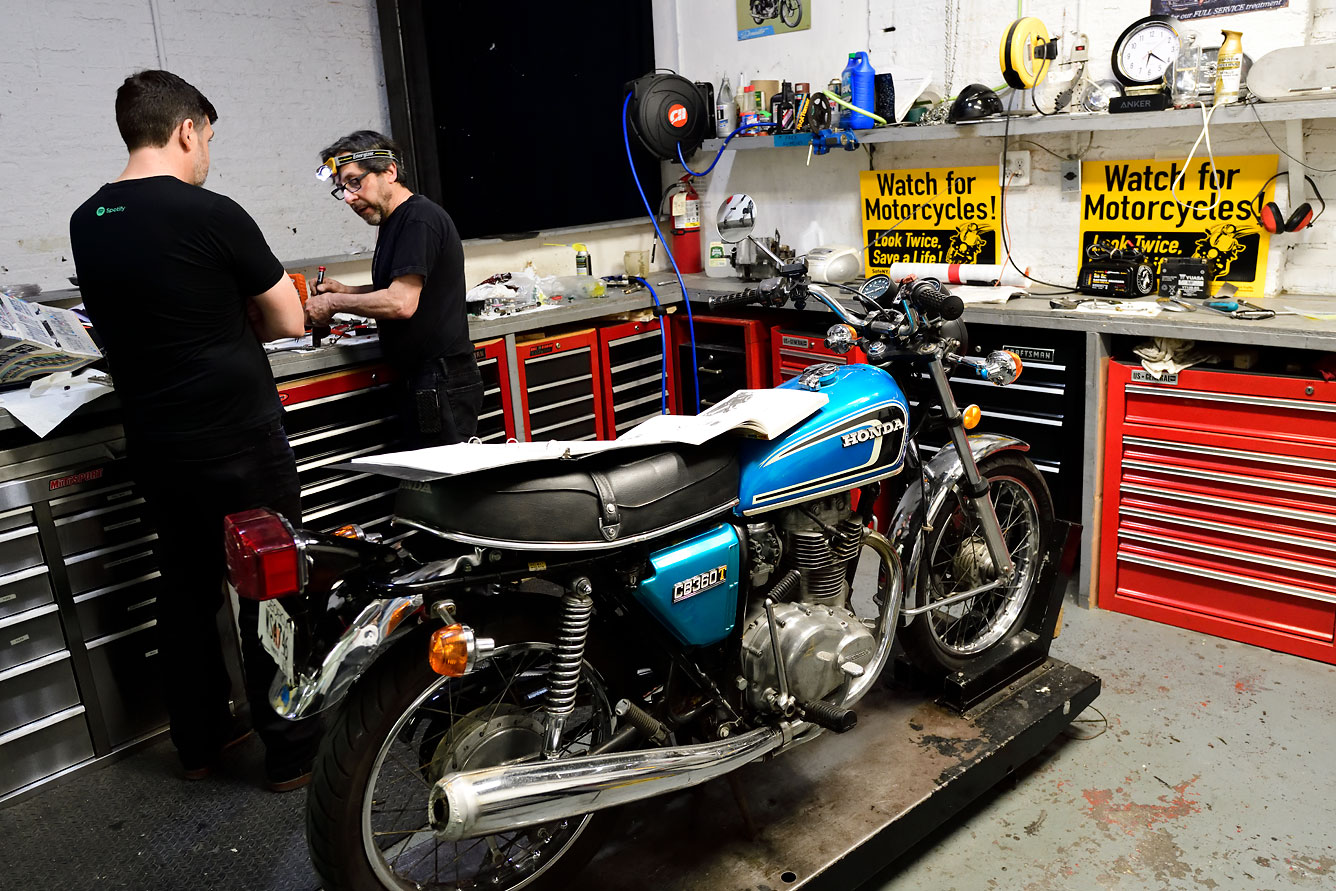

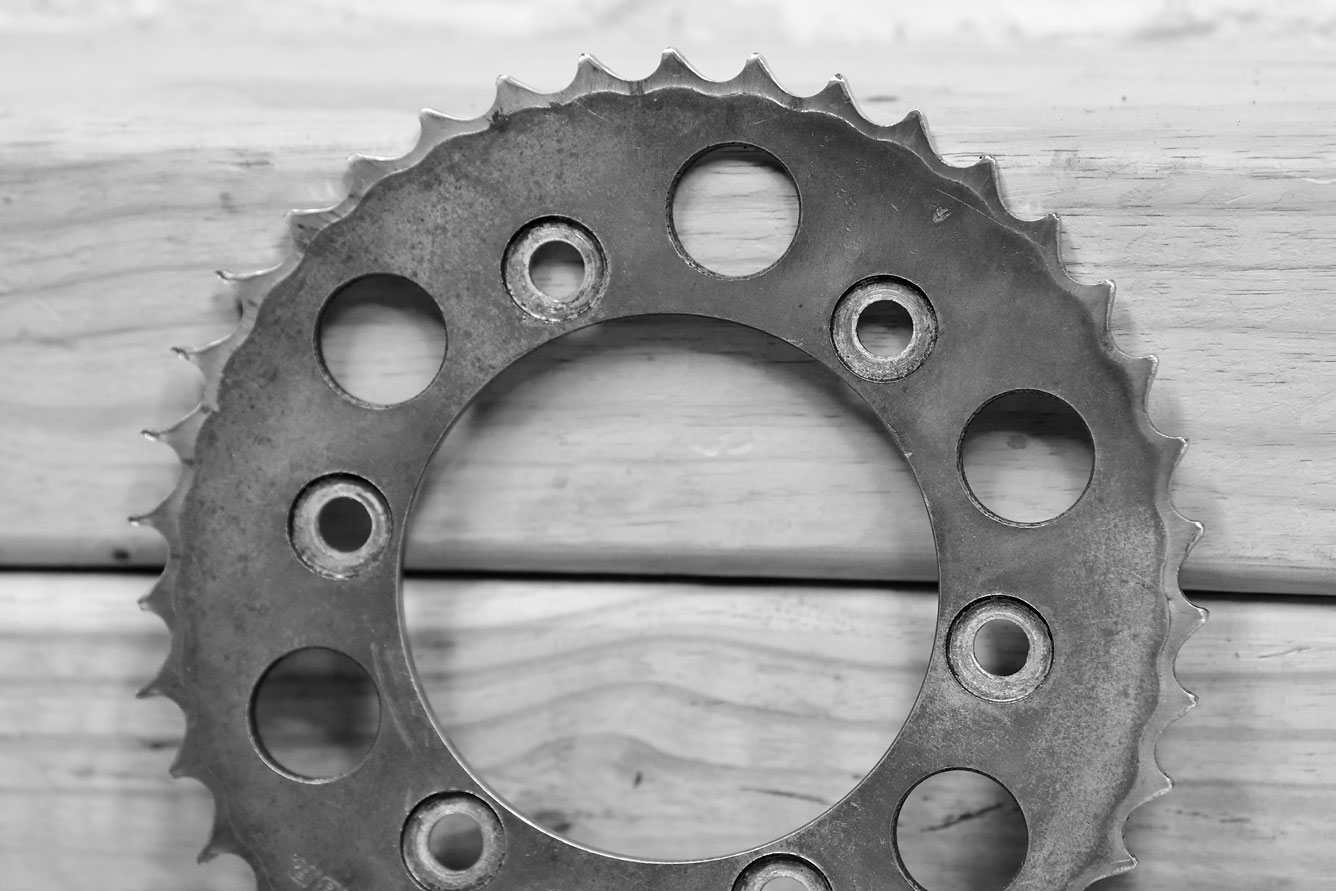

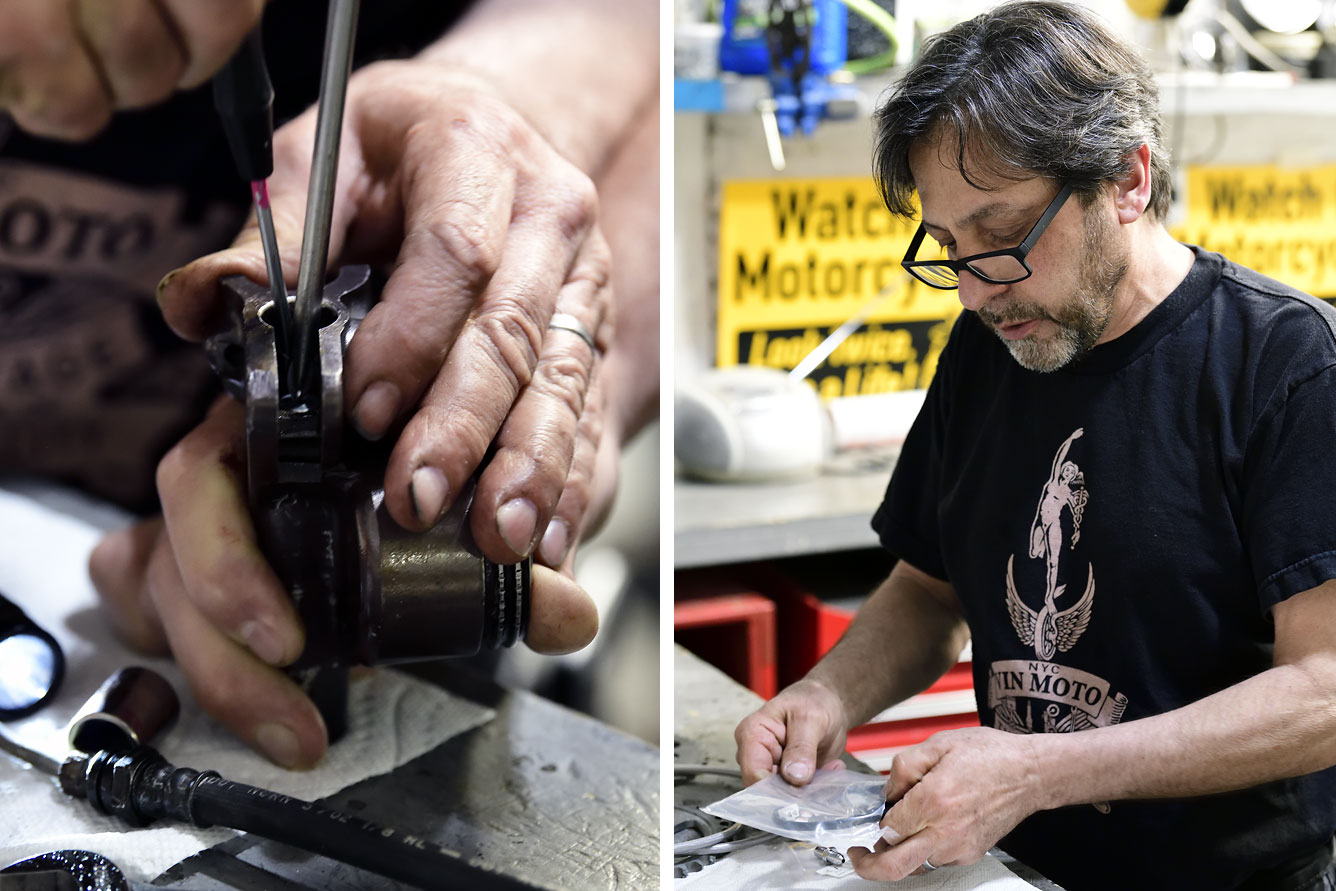
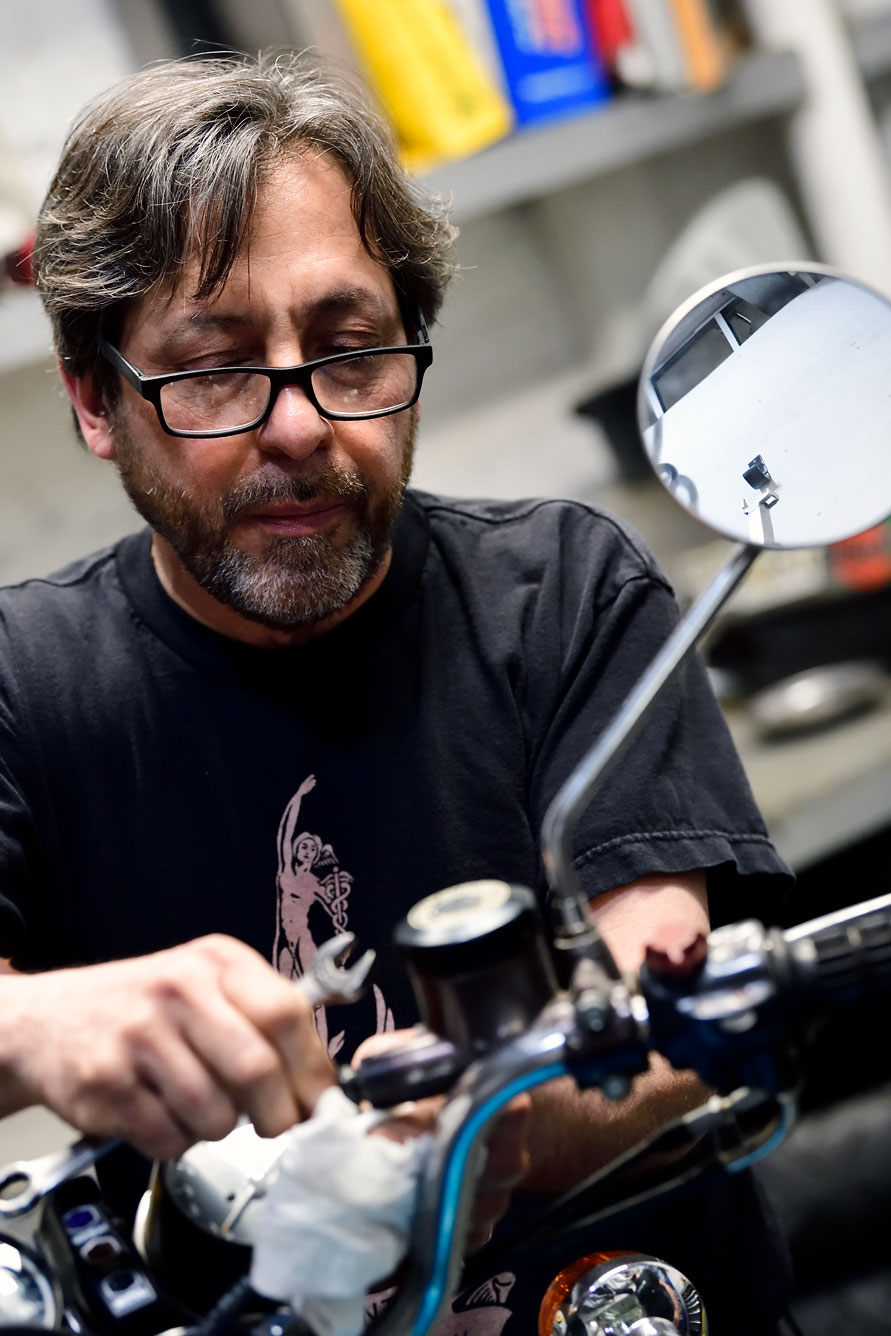


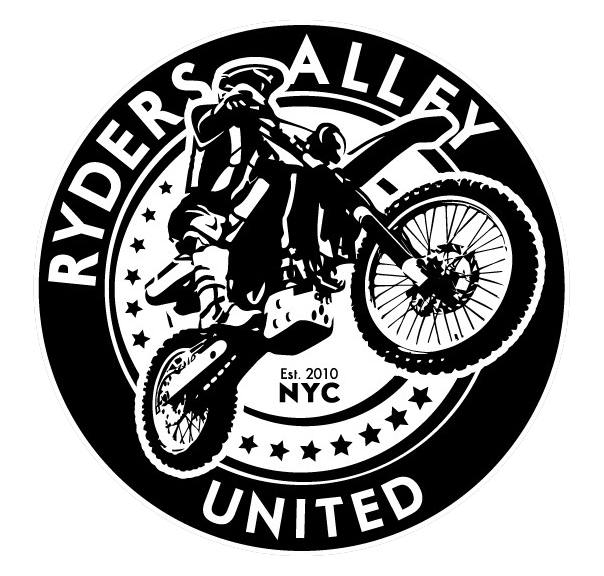
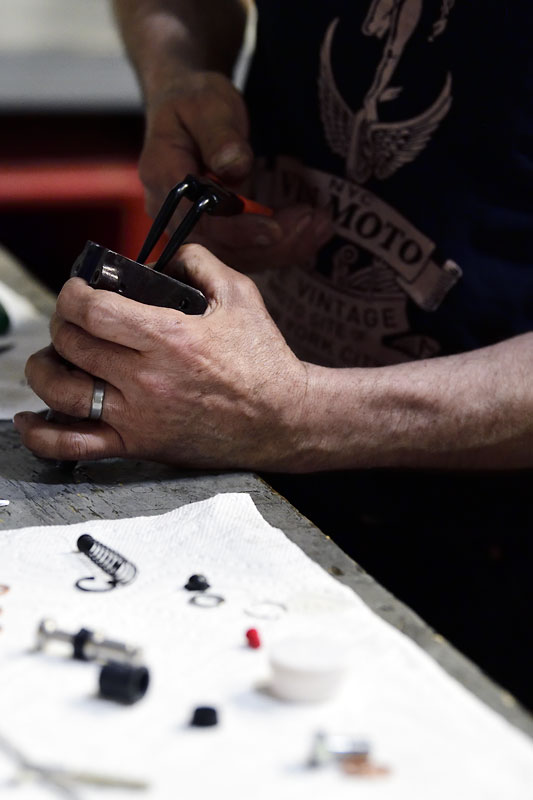
Leave a Comment